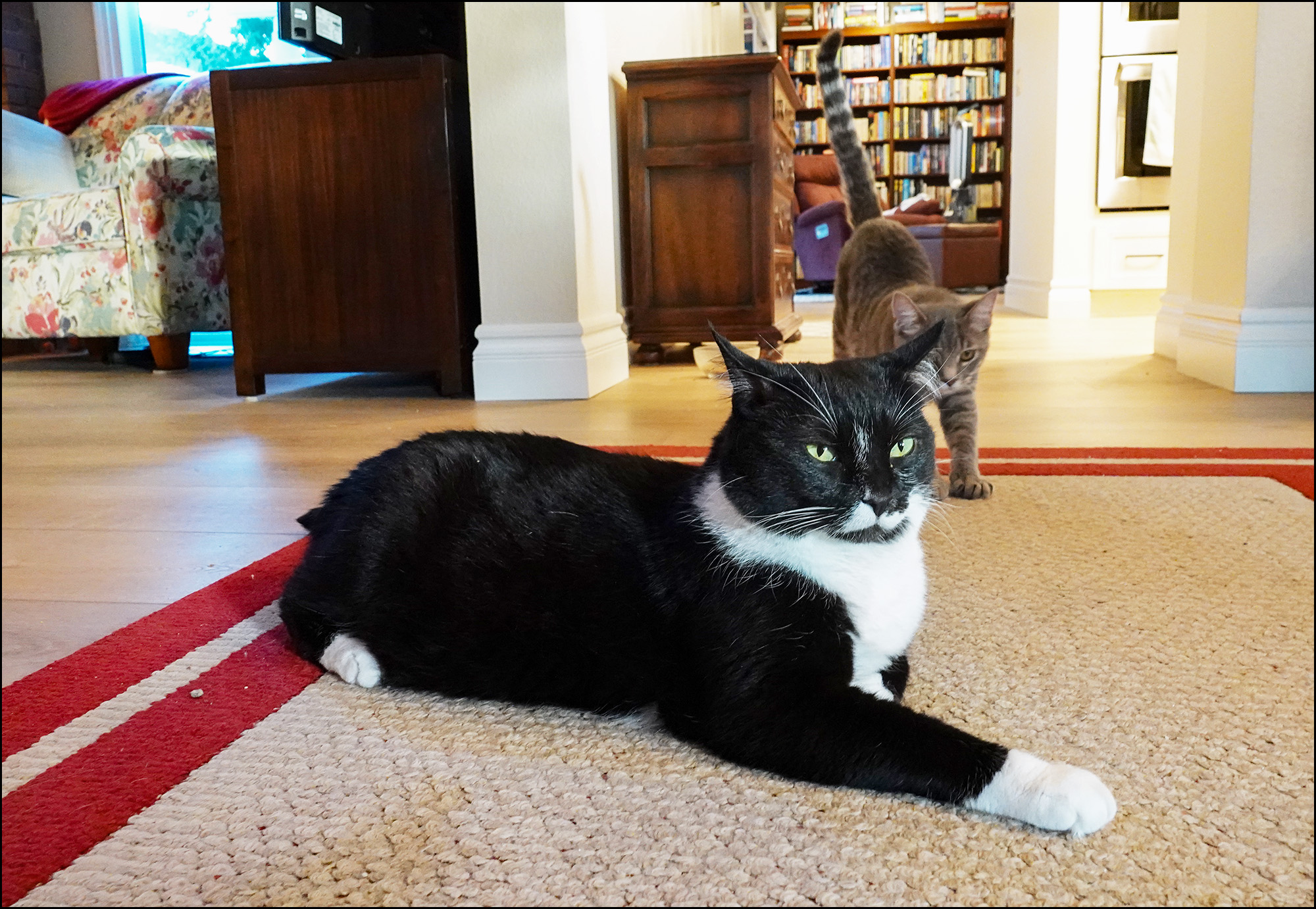The New York Times ran an editorial on Friday about "America's free speech problem," and naturally this has Twitter all atwitter. I myself find the whole "cancel culture" controversy exhausting, mainly because of the absolutism on both sides. My side denies the problem exists at all, while the Fox News set insists it's rampant.
For what it's worth—which is nothing much, unfortunately—here are some things I believe:
- Cultural mores have changed over the years and everyone needs to acknowledge this in practice, not only in theory. That means adjusting how you talk about people (and groups of people) even if you privately roll your eyes at some of it.
- If you're mad because you can't be racist in public anymore—not even a little bit—then you just need to get over it.
- Young lefties have had a history of "callout culture" for years. At first, this meant that if someone said something offensive you should call it out instead of staying silent and providing tacit acceptance. This steadily got more and more aggressive and eventually morphed into what's called cancel culture these days.
- "Cancel culture" is a terrible name, but it's what we're stuck with. Very few people who say something offensive actually get canceled—i.e., get fired or seriously disciplined, lose their ability to speak in public, or pay some other meaningful price—though it does happen.
- Most of the damage is far smaller: being ostracized, shamed, or getting a lecture from HR for an offense that possibly—possibly—isn't worth it. This shouldn't be minimized, since it can cause genuine anguish and create lifelong enemies, but it also isn't the end of the world.
- Don't confuse cancel culture with ordinary political fights. Disagreements—big, loud, vicious disagreements—are normal parts of human society. The side that eventually loses hasn't been canceled, they've just lost a cultural battle in the most ordinary sort of way.
- It's really important to distinguish between at least two types of cancel culture. One type is entirely an intra-left issue, where lefties name and shame other lefties who have said something that's verboten. This is by far the more restrictive version of cancel culture, where people can be taken down for even tiny infractions.
- The other type is left vs. right. I don't have much to say about this because it's just the modern version of lefties and righties yelling at each other. There's really nothing new about it and lefties simply have no power to cancel conservatives. The only example I can think of is university students who heckle conservative speakers and drive them off campus. This has happened only a few times and has very limited impact. On the other hand, the heckling business is stupid, and activists should be ashamed of themselves for doing it. Charles Murray is not Hitler.
- The left-on-left version of cancel culture is really, really hard to get a handle on. There is literally no real data on how widespread it is and there probably never will be. This is because much of it takes the form of people just shutting up; another large portion never gets reported; survey data is all but useless; and there's no good definition of cancel culture in the first place. We have anecdotes and that's all.
- That said, there are anecdotes. Lots of them. In addition to the ones that make news, I've heard personally from very normal, reasonable people who think cancel culture has become too stifling. They really do feel like they can't talk about sensitive topics for fear of being ostracized unless they toe the absolute latest and wokest line, and they often express a genuine fear of being shunned or worse if they make even a small mistake. This is real, and pretending it doesn't exist is just putting your head in the sand. Not only does it do a lot of damage to people who are shy or not especially verbal, but it's politically suicidal as well since it makes no friends. Any movement that's in thrall to its most extreme elements is doomed to implode at some point.
- When issues come up within newsrooms or other companies, they are usually driven by young staffers. That's fine, but it shouldn't be a foregone conclusion that the young staffers are automatically right. Unfortunately, managers are often afraid to argue with them even if they think things have gone too far. But they should. This kind of guidance is what experienced managers are expected to provide to younger workers.
- Note to managers: Don't take this as permission to dismiss those younger workers. They probably know more about this stuff than you do. Just because something doesn't exist in your social circle doesn't mean it's all a bunch of made-up snowflake-ness.
- It should be possible to have normal, good faith conversations about what's acceptable and what isn't without the wokest or most oppressed voice automatically being assumed right.
- Intentions absolutely have to be taken into account. There's a big difference between someone being willfully offensive and someone who just makes a casual mistake or who has an opinion that's not quite full-bore extreme lefty. For the latter, it's fine to disagree with them but they should otherwise be left alone.
- One of the victims of cancel culture is the ability to speak plainly. Not everyone knows the approved academese ("conventionally coded as feminine" as opposed to "like a girl") for addressing touchy subjects, but that's OK: there's lots of value in feeling that it's safe to express ideas in simple, intelligible ways as long as they're offered in good faith. Even if this leads to poorly considered phrases on occasion, it's still better than feeling like you have to defensively lard up every sensitive opinion with the kind of endless nuance and caveating that buries your main point. Just let the occasional glitch go unless it happens all the time or there's real reason to think it's intentional.
- Too much of the opposition to cancel culture comes from conventional liberals who simply don't want to change the way they talk because they figure that the way they talked in the '70s was fine and no one got hurt. That ain't so. People did get hurt but mostly kept it to themselves. Liberals who don't understand this need to, um, wake up.
- Twitter sucks, and Twitter mobs make this whole problem infinitely worse. Unfortunately I can't say that this means you should ignore Twitter. That may be good advice for most of us, but there are times when Twitter mobs affect real-world decisions and need to be sharply fought. If they aren't, people will reasonably assume that the Twitter mob's opinion represents the whole world. If you disagree, say so!
Just generally, I believe that cancel culture is plainly a real thing that presents us with real dilemmas. However, its main problem isn't the idea itself, which is generally admirable. The problem is that in its current form it utterly lacks even a trace of empathy. It is too often a weapon of brute power and ideology, used to crush people into subservience. This is wrong on just about every possible level. It is hateful. It makes enemies. It doesn't work.
So first of all, we should hold on to the best ideas behind cancel culture: namely that cultural mores change; not everyone (especially us olds) is up to speed on them; and we should all press ourselves and others to do better. But second of all, we should commit to doing this with grace, not scorn and contempt. That's good advice for just about everything, and it's especially good advice for this.










